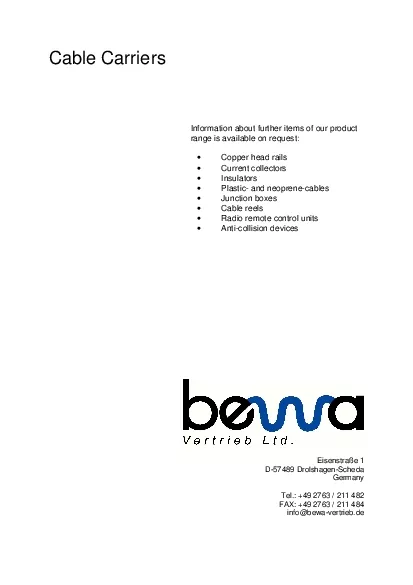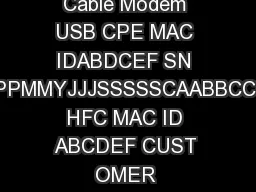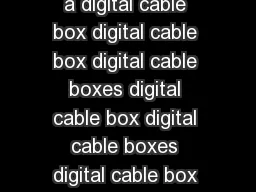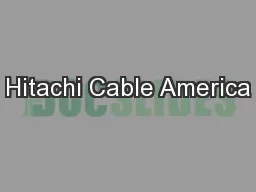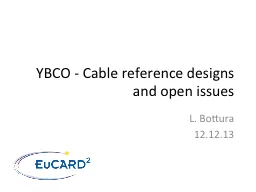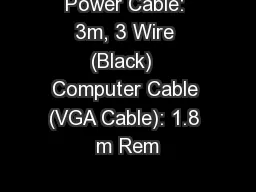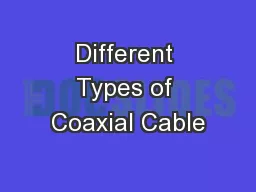PDF-Cable CarriersInformation about further items of our productrange is a
Author : anastasia | Published Date : 2021-08-12
Eisenstrae 1D57489 DrolshagenSchedaGermanyTel 49 2763 211 482FAX 49 2763 211 484infobewavertriebde54700 Seriesmedium dutycable carriersall steelCable carriers
Presentation Embed Code
Download Presentation
Download Presentation The PPT/PDF document "Cable CarriersInformation about further ..." is the property of its rightful owner. Permission is granted to download and print the materials on this website for personal, non-commercial use only, and to display it on your personal computer provided you do not modify the materials and that you retain all copyright notices contained in the materials. By downloading content from our website, you accept the terms of this agreement.
Cable CarriersInformation about further items of our productrange is a: Transcript
Download Rules Of Document
"Cable CarriersInformation about further items of our productrange is a"The content belongs to its owner. You may download and print it for personal use, without modification, and keep all copyright notices. By downloading, you agree to these terms.
Related Documents

